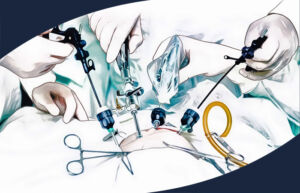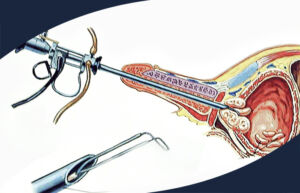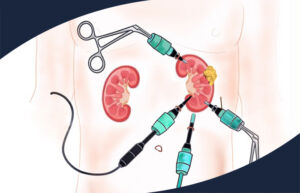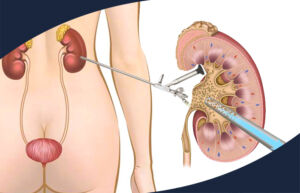ERECTILE DYSFUNCTION PROBLEMS
What is erectile dysfunction?
Erectile dysfunction, often referred to as impotence, is the inability to have or maintain an erection sufficient for successful sexual activity.
It is a common problem affecting one in 10 men at any time in their life, and it affects more men as they get older. Especially men over the age of 40 have an erection problem in about one in every 2 men. Erectile dysfunction used to be seen as a purely psychological problem, but now it is known that about 90% of patients have a physical cause.
Risk factors
Most men experience occasional episodes of erectile dysfunction at some time in their lives; this can be caused by factors such as excessive alcohol or stress and anxiety. For one of these reasons, previous erectile dysfunction may cause anxiety and the problem may recur. If you fail to achieve an erection during some intercourse, the cause is probably psychological.
There are many possible psychological causes such as depression or sexual anxiety or conflicts with a partner that can lead to temporary sexual dysfunction.

Excessive stress and anxiety in the workplace can cause a temporary or long-term problem, depending on whether the stress is short-term or permanent.
If erectile dysfunction is due to a physical cause, the decline in sexual function is usually gradual. A number of physical conditions can cause erectile dysfunction. For example, if the arteries supplying the penis are blocked (atherosclerosis), blood to the penis may not be enough to maintain an erection. As a result of smoking or high cholesterol levels, the arteries of the penis can become blocked, as are the arteries leading to the heart.
Neurological diseases or disorders of the nerves to the penis can also affect sexual function, such as a stroke, for example in a spinal cord injury. There are several other conditions that can cause erectile dysfunction, including diabetes, kidney failure, liver failure, hypogonadism (low testosterone levels), high blood pressure, and alcoholism.
Erectile dysfunction can also occur as a side effect of certain drug treatments, for example some treatments for high blood pressure. If you are taking medication for high blood pressure and have erection problems, do not stop taking the tablets without consulting your doctor. High blood pressure must be controlled, and stopping the medication could expose you to other problems. Alternative treatments are available for high blood pressure, and the problem can be resolved by changing medication. Some medications, especially antidepressants, can cause drowsiness or weight gain and affect libido (sexual interest).
Diagnosis
Diagnosis begins with telling your doctor about the problems you are experiencing. It includes a series of blood tests to determine the risk factors that may cause this condition. After these evaluations, your doctor will recommend the control of risk factors for erectile dysfunction and prescribe medication according to your situation. If drug therapy is successful, further investigations may not be necessary. Doppler ultrasonography or higher level imaging methods can be used to measure blood flow in the penile vessels in patients who fail drug therapy.
Treatment
If erectile dysfunction is the result of psychological factors, its cause needs to be addressed. Psychosexual or relationship counselling may be appropriate. Methods of dealing with stress can also help; Sometimes reducing stress can solve sexual problems.
Today, the most commonly used first-line treatment method in the treatment of erectile dysfunction is oral drugs. These drugs increase blood flow and make you get an erection in response to sexual stimulation. These drugs are not suitable for everyone, such as men who have had a recent stroke, severe heart disease, or angina treated with nitrates. These drugs should not be used in conjunction with other erectile dysfunction treatments.
In cases where oral medications do not help, an application technique called injection into the penis (intracavernosal) can be used as a second-line treatment method. However, there are some difficulties in applying this method.
In a minority of men, erectile dysfunction is caused by decreased testosterone levels. For this, androgen replacement therapy may be recommended to bring the low testosterone level to a physiological level.
If drug treatments fail, vacuum devices are available. These draw blood into the penis and create an erection that can be sustained for up to 30 minutes with a tension band attached to the base of the penis. A range of vacuum devices are now available for men who meet certain criteria. However, the application of this method in the long term also contains difficulties for patients.




